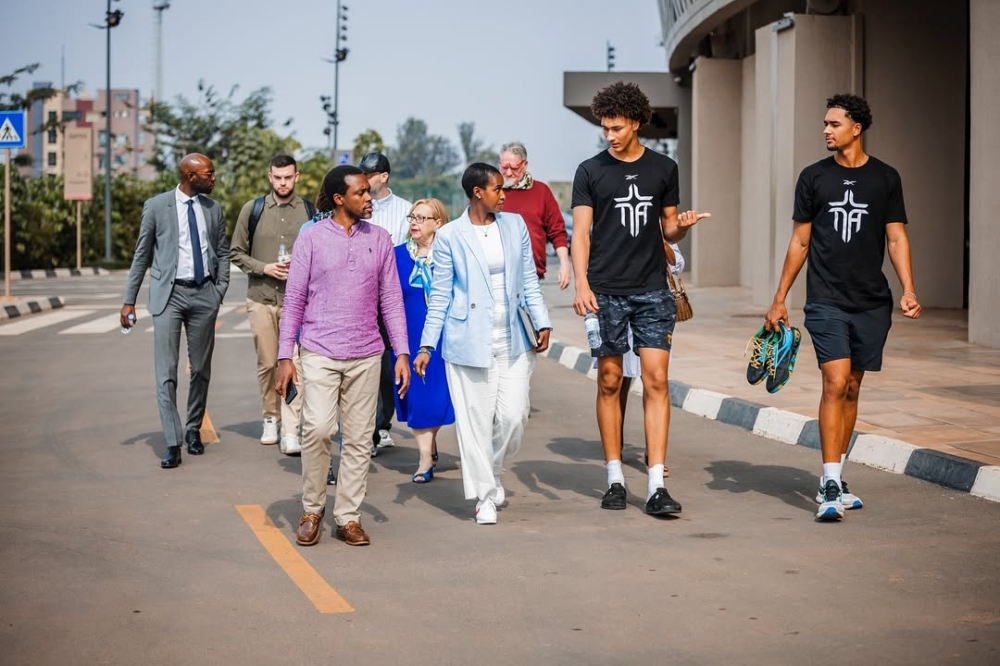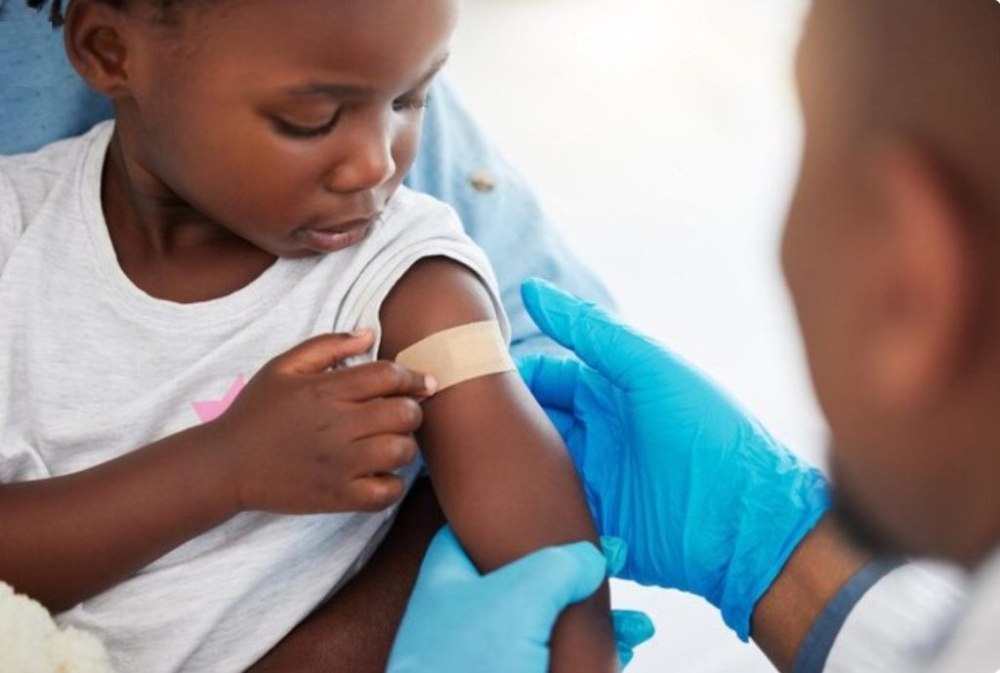The Gacaca courts formally closed on Monday June 18, 2012 after disposing off close to two million Genocide cases and fostering national healing in a country whose social fabric was shattered by the 1994 Genocide against the Tutsi.


The Gacaca courts formally closed on Monday June 18, 2012 after disposing off close to two million Genocide cases and fostering national healing in a country whose social fabric was shattered by the 1994 Genocide against the Tutsi. June 18, 2012 will forever be celebrated by the Gacaca advocates as the day when the seed for national healing sprouted after a hectic sowing period. Gacaca is a form of judicial system applied in the pre-colonial Rwanda to settle community disputes.On September 20, 2003, I followed a Gacaca case in Nyamata District where ex-genocidaires who had benefited from the presidential clemency were helping a family exhume bodies of its six members from a deep coltan mine. The area was sparsely populated and large tracts of arable land were lying fallow, some overgrown with shrubs and miniature forests, quite in contrast with what one expects of an overpopulated country. To a first time visitor, this sleepy land is certainly a farmer’s paradise, but to the residents and those who know its history, the sector is home to Rwanda’s darkest legacy.Jean de Dieu Rutagarama, then a 22-year-old Genocide survivor, told me that the genocidaires swept villages clean of human beings. Demolished houses, as a matter of fact some were leaning dangerously towards the ground awaiting the slightest of touches to send them tumbling to the ultimate destination, the ground, and homesteads overgrown with shrubs and thickets.I follow Rutagarama through the thickets and he points at a demolished house and whispers: "That was my paternal uncle’s house.” Two steps into the compound, he adds: "No one survived, they were all killed; him, his wife and children. It was…” I am tongue-tied. I don’t know what to say next. It is saddening standing on the ground where the greatest crime against humanity was committed and being unable to help a young man forget his tragic past. I kept staring at him silently.Area Local leader Gaspard Sebutekyera told me that the killings here started as early as 1992. "We were neighbours with the infamous genocide chief ideologue Fidèle Rwambuka (deceased) and a former Mayor of Nyamata,” he recalls. In Bugesera, Genocide sites compete for space with schools, dispensaries and churches. At least all Catholic churches are surrounded by mass graves. At Nyamata Catholic Church, one hundred thousand people were brutally murdered, they had taken refugee into the church, and their tormentors used grenades to find their way inside before hacking everybody they suspected was still alive. Only ten people survived but crippled, says the site’s curator Eugène Habakurama, who survived the Genocide.But there is nothing that shows the evil in human being like the death of Annonciata Mukandoli. Do you know the historic significance of that casket? Asks Habakurama as he points at a coffin wrapped in a bluish cloth."These are remains of Annonciata Mukandoli, she was gang raped by Interahamwe before pushing sharpened trees into her genital parts. Her body was found in a pit still intact, the very reason she was recognised. Her death is unique compared to others here and that is why she was separated,” he narrated to me. But like the mustard seed in the Bible, the badly needed healing process seemed to be sprouting from this disadvantaged region. It was, therefore, surprising that the most cogent solution to the past was earnestly being embraced from a place hitherto full of hatred. Then, I remember the genocidaires were leading a new war, one that would leave the society better than they found it. At the nearby trading centre; I recall finding the likes of Bineza, Muberandinda and Onesphore Munyakazi who had pleaded guilty of genocide. They were among the beneficiaries of the January 2003 Presidential clemency that saw underage, elderly, ailing and confessed genocidaires numbering 40,000 provisionally released.The three men were in their mid-50s and married with children. In their villages are families of their victims, but most of the homesteads are desolate and neglected since very few survivors had come back. One of such survivors is Jean de Dieu Rutagarama, whom I interviewed."A few hours later we were attacked, but we repulsed them. Unfortunately, they got reinforcements from the Republican Guards. We were hungry, thirsty, emaciated and generally too frail to put up any meaningful resistance. We had been on the run for days.” In a nutshell, the Gacaca has been the greatest demonstration of camaraderie since Jesus forgave his persecutors two centuries ago. Only that this time round, both the persecuted and persecutors shared a platform to mark a hallmark in then Rwanda’s budding judicial system. And the ascension was not to heaven but a better Rwanda.




